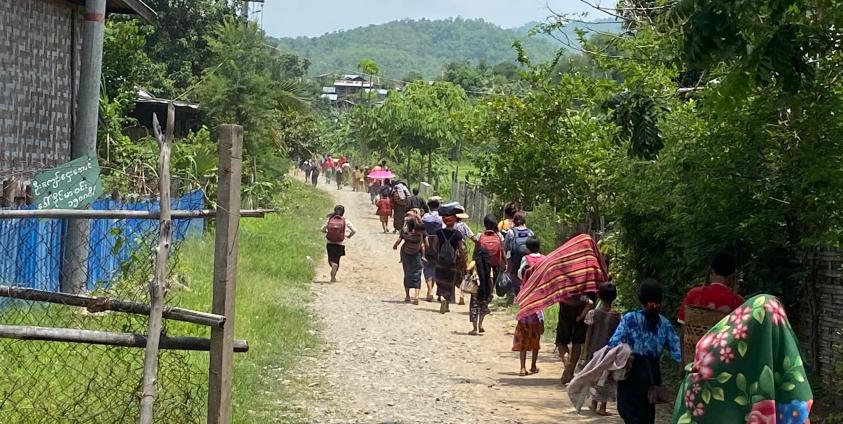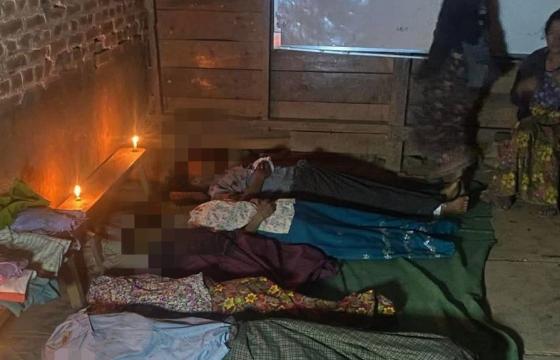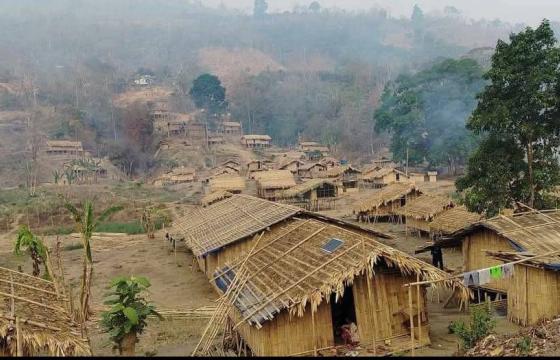According to the research paper by BNI - Myanmar Peace Monitor, more than 2 years after the military coup, Chin State is identified as one of the regions most in need of humanitarian assistance and one of the most challenging areas.
On July 20, Burma News International (BNI) - Myanmar Peace Monitor held an online presentation of their research paper titled "A Riddle for International Donor Governments or Finding Solutions to the Humanitarian Crisis."
According to the research paper, which covers the period of more than 2 years since the coup d'état, Myanmar has witnessed over 1.5 million internally displaced persons (IDPs). Among the regions, Sagaing Region stands out as the most in need of humanitarian assistance, with over 660,000 IDPs. Following closely, Magway Region ranks as the second most challenging and requiring significant aid, with over 230,000 IDPs.
Additionally, the research paper highlights that Chin, Karenni, and Karen State are ranked as the third priority among the most difficult and needy regions in terms of humanitarian aid requirements.
According to Dr. Ngai Tam Maung, Deputy Minister of the Ministry of Humanitarian Affairs and Disaster Management of the National Unity Government (NUG), the challenging situation in the most affected regions is a result of the Military Council's Four Cuts strategy, as stated in the research paper.
"Each village they burn results in the loss of a year's worth of food and the destruction of cattle used for farming. Additionally, the Military Council's implementation of the Four Cuts strategy to block food supply to specific regions, such as Sagaing, Magway, Chin, and Karenni, exacerbates the difficulties faced by the people," explained Dr. Ngai Tam Maung.
The research paper suggests ways to offer humanitarian aid in Myanmar using numerical data and methodologies. It also emphasizes the importance of cross-border aid and highlights Thailand and India as countries that should be seriously considered for such assistance.
According to the 2022 report of the Myanmar Humanitarian Response Plan (HRP) published by UNOCHA, the entire year saw only US$9 million utilized for over 500,000 IDPs. As per the research paper, this translates to an aid amount of approximately US$17 per IDP.







